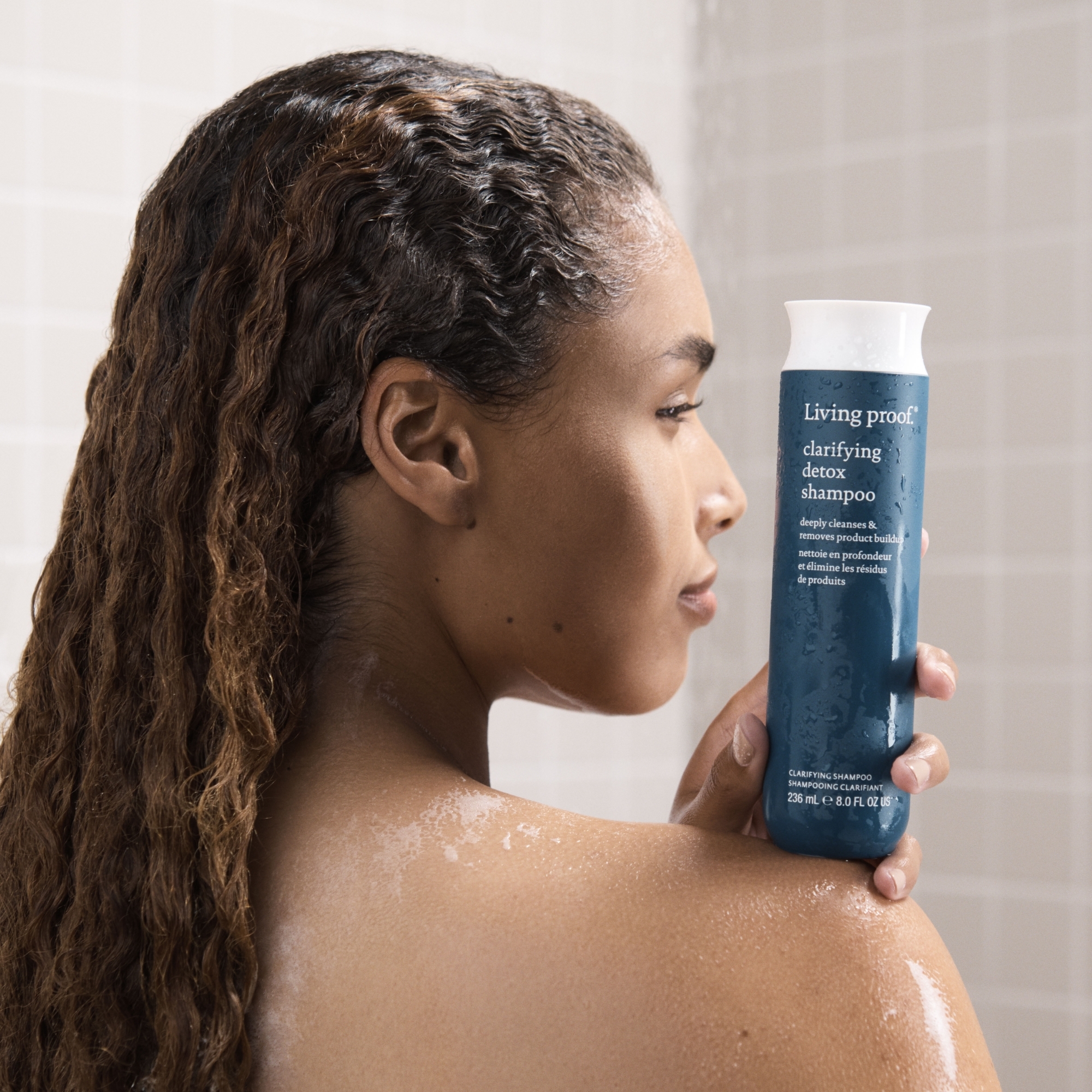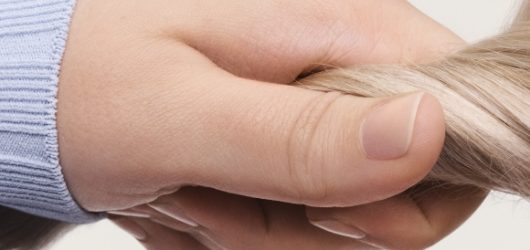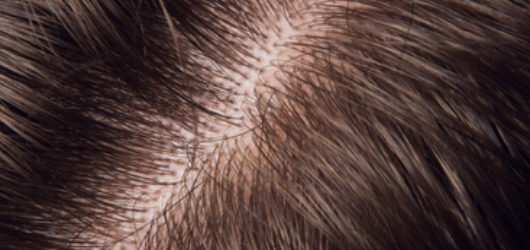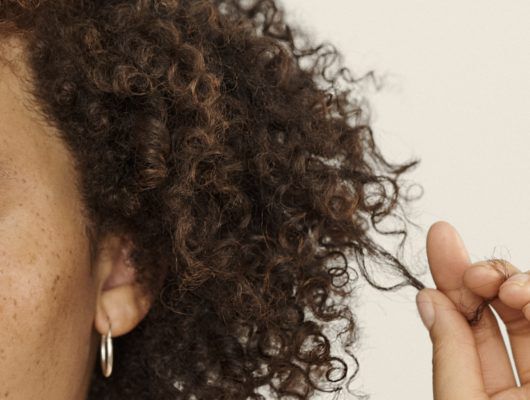
3C Curly Hair Routine
Curls come in various types and textures, and your 3C curls’ signature corkscrew shape makes them stand out in a crowd. But to maintain their gravity-defying bounce while minimizing unnecessary frizz, you need a haircare routine made specifically for your pattern.
The same routine that hydrates and defines one curly hair type may leave yours dry and dull. So, what’s the best way to care for your 3C hair?
In this guide, we break down everything you need to know about 3C hair type and the best curly hair products to use for hydration and definition. Read on to learn how to care for your natural hair.
What is Type 3C Hair?
There are four types of hair: straight, wavy, curly, and coily. Each type has its subcategories. In the type 3 hair category, 3C curls are considered to be the tightest pattern (the other types include 3a hair and 3b hair). If you have 3C curl type, then your hair’s defining characteristics include:
- Tightly-packed corkscrew curls
- Hair prone to dryness, frizz, and breakage
- A lot of volume and fullness
In addition, 3C hair can tend to “shrink.” That means that it appears much shorter dry than wet. With type 3C, your hair might shrink up to 50%.
What Does 3C Hair Look Like?
So, now you know the basic information about 3C type hair. But what does this hair type actually look like?
If your curls can wrap comfortably around a pencil, then your hair is considered type 3C. These curls are often called “tight corkscrews” because of their shape and size. When you examine 3C curls close up, they tend to stretch into their signature S-shape.
Even with this information, it can still be difficult to tell it apart from other types such as 4A.
Is My Hair 3C or 4A?
Type 3C and 4A are right next to each on the hair type chart. Many of those starting their haircare journey find it hard to differentiate between them. So, what separates these subcategories?
There are three main differences:
- Shape – 3C type curls are S-shaped, while 4A curls are typically a tighter S-shape or sometimes, a Z or zig-zag shape.
- Circumference – 3C has a much wider curl circumference compared to 4A. Type 4 curls tend to be more coily and dense. They typically have the circumference of a crochet needle.
- Shrinkage – Another key difference between 3C and 4A is that 4A type curls tend to experience more shrinkage. While 3C hair can shrink up to half its wet length, type 4 curls can shrink up to 75%.
After you figure out your hair type, the next step is to learn how to nurture your curls.
How to Take Care of 3C Curls
Frizz and tangles are universal curly-haired experiences. How you should handle these common problems depends on your hair type. Since 3C curly hair can be more prone to dryness and breakage, your routine must prioritize moisturizing products.
To guarantee that your curls are hydrated, consider these healthy haircare habits:
- Cover your hair with a silk or satin scarf before bed to keep curls moisturized.
- Wash your hair with silicone-free products such as Living Proof® Curl Shampoo.
- Keep your curly hairstyles and ponytails loose and comfortable.
- Minimize the use of heat and chemicals on your hair.
- Incorporate a nourishing hair mask into your hair routine every now and then
Water keeps your curls hydrated, but you still need products to help seal in that hydration until your next wash day.
Wash Day Routine
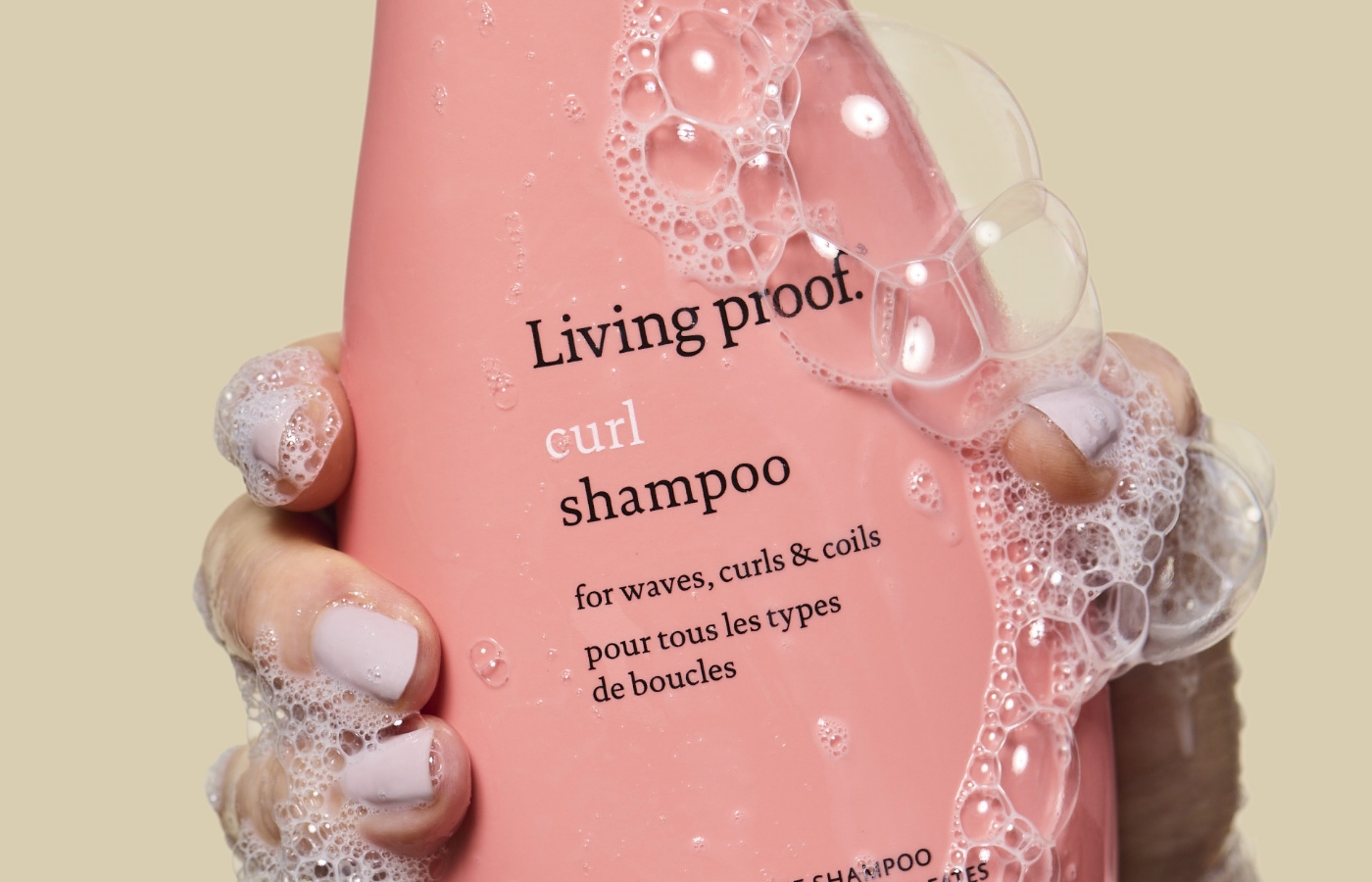
Interested to know what a wash day routine may look like for 3C hair? Hint: it involves highly moisturizing and nourishing products. The main goal for a wash day is to clean and hydrate. Here’s a step-by-step guide on keeping your 3C curls soft and bouncy for longer:
- Shampoo your hair gently and only at the scalp with a silicone-free shampoo around once a week or bi-weekly depending on your hair concerns, needs, and goals. The 3C curly hair type also tends to become dry, so make sure to use a moisturizing shampoo.
- Use a conditioner or hair mask each time you shampoo your hair to rehydrate your natural curls.
- Before rinsing, detangle your hair with a comb or your fingers. Make sure to be gentle so you can avoid damaging the strands. Then, follow up with your styling products.
Feel free to customize this wash day routine, so it feels more personalized for your haircare needs. As long as you’re putting moisture first, your 3C curls will thank you for it.
Nighttime Routine
All the stories are true! You can have bouncy second and third-day curls without too much effort in the morning—and you won’t even have to get back in the shower. Beyond great haircare products, the secret to long-lasting curls is a consistent nighttime routine.
Besides a few extra minutes of sleep in the morning, here are some additional benefits of having a nighttime routine:
- Reduced shrinkage, tangles, and single-strand knots
- Hair that stays moisturized for longer
- The ability to manage and manipulate your curls into different hairstyles
- Protection from excess breakage while you sleep
Find the products, tools, and protective styles perfect for your nighttime routine. Then, you’ll be able to rock your crown of curls for longer.
How to Style 3C Curls
The beauty of curly hair is that you can try a wide range of hairstyles. At first, it may take some trial and error to achieve new hair heights. But with time and patience, you’ll be styling your curls like a professional in no time.
For some inspiration, curly hairstyles such as these are fun and easy on a 3C hair type:
- Wash and Go
- Twist Out
- Braid Out
- Bantu Knots
Now and then, you may want a style that gives you and your hair a break from the constant grooming.
A Quick Guide on Protective Styling
If you need a break from styling, your curls probably do too. Try a protective style! It’s a go-to for when you want to look your best but keep your hair protected from the elements.
So, if you’re ready to install a protective style into your hair such as box braids or Marley twists, check out these helpful suggestions to maintain optimal hair health:
- Make sure your style isn’t too tight our rough on your hair. This can cause damage or breakage.
- Maintain a quick, easy moisturizing routine, so your hair stays hydrated.
- Allow your hair to breathe in between protective styling.
Explore the world of protective styling to find the ones that best work for you and your curls. You have a variety of options to choose from.
Best Products for 3C Hair Type
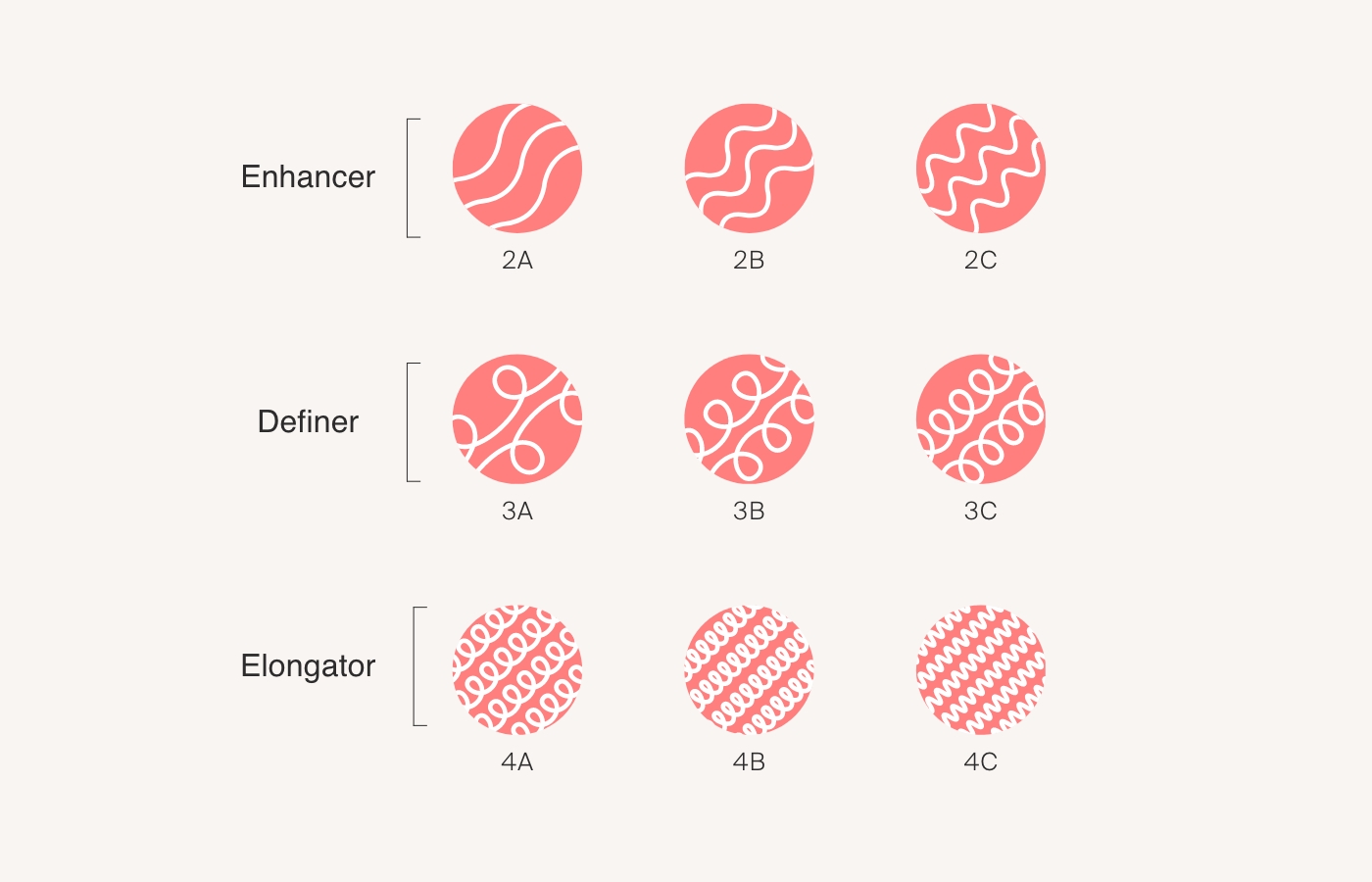
Now that you have an idea of a 3C haircare routine, let’s explore curly hair products ideal for your hair type.
Because 3C hair needs extra moisture to help prevent breakage and frizz, you’ll need products such as:
- A silicone and sulfate-free Curl Conditioner for added moisture retention
- A Curl Definer to reduce frizz, define curls, and condition them all at once—especially perfect for a 3C hair type
- A Moisturizing Shine Oil for long-lasting softness and shine even after you shampoo
So, how do you know if a product is good for your 3C hair? Product free of silicones and sulfates has an edge in preventing your wash-day routine from drying out your strands. Plus, if you have color-treated hair, look to see if the product is safe for colored strands. If you have a hard time finding these products, Living Proof has some of the best 3c hair products online.
Invest in Your Hair’s Health with Living Proof®
Keeping your curls at their best and bounciest may require some extra work every now and then. But, it doesn’t have to be back-breaking. Our fortifying Curl collection can lend a helping hand throughout your daily haircare routine.
From our Curl Shampoo to our Curl Definer, Living Proof® products strengthen and soften your strands to make maintaining your volume and shine a whole lot easier. Plus, they’re free of any drying or moisture-stripping ingredients such as sulfates, parabens, and silicones.
Your 3C curls deserve nothing but the best. Shop our products today.
- American Academy of Dermatology Association. Black Hair: Tips for Everyday Care. https://www.aad.org/public/everyday-care/hair-scalp-care/hair/care-african-american
- International Journal of Trichology. Hair Cosmetics: An Overview. https://www.ncbi.nlm.nih.gov/pmc/articles/PMC4387693/
- International Journal of Women’s Dermatology. The art of prevention: It’s too tight—loosen up and let your hair down.https://www.ncbi.nlm.nih.gov/pmc/articles/PMC8072502/


